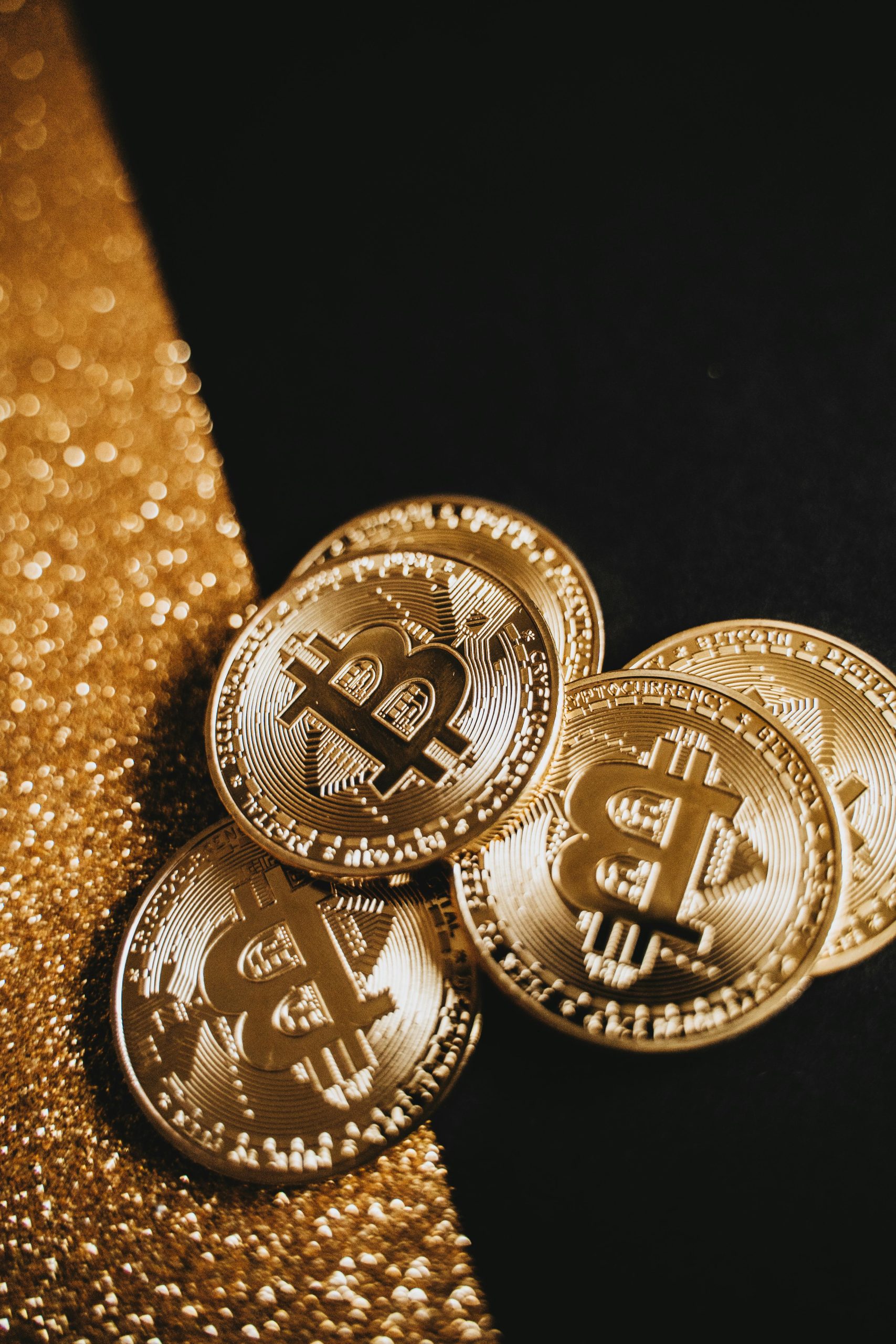Introduction to Wealth Preservation in Australia

Overview of Wealth Preservation Strategies
Wealth preservation is a cornerstone of financial planning, ensuring that hard-earned assets are protected against inflation, market volatility, and unforeseen economic downturns. In Australia, savvy investors employ a variety of strategies to safeguard their wealth, from asset allocation to strategic tax planning.
Importance of Diversification in Investment Portfolios
Diversification is not just a strategy; it’s a necessity. By spreading investments across different asset classes, sectors, and geographies, investors can mitigate risk and enhance the potential for returns. It’s the financial equivalent of not putting all your eggs in one basket, a principle that stands the test of time in preserving wealth.
Brief History of Gold and Precious Metals as a Store of Value
Gold and precious metals have been revered as a store of value for millennia. Their intrinsic worth, scarcity, and resilience to economic shifts have made them a favoured choice for wealth preservation. In Australia, the allure of gold has not waned, with many viewing it as a safe haven in turbulent times.
Understanding the role of gold and precious metals in wealth preservation is crucial for any investor looking to build a robust, diversified portfolio that stands the test of time.
Understanding Gold and Precious Metals

Gold, silver, platinum, and palladium stand as the pillars of precious metals, each with unique properties and investment potentials. While gold shines as a symbol of wealth and stability, silver offers industrial demand alongside its value in wealth preservation. Platinum and palladium, less known but equally vital, find their strength in scarcity and industrial applications, particularly in automotive catalytic converters. The choice between physical gold—coins, bars, and jewellery—and paper gold, such as ETFs and mining stocks, hinges on individual investment goals and risk tolerance. Physical gold offers tangible security, a hedge against cyber threats, and no counterparty risk, but it requires secure storage. Paper gold, on the other hand, provides liquidity and ease of trading but carries the risk of market volatility and the reliance on financial institutions.
- Physical vs. Paper Gold: A choice between tangible security and trading ease.
- Types of Precious Metals: Diverse options for investment and industrial use.
- Hedging Against Inflation: Precious metals preserve wealth amidst currency devaluation.
Precious metals play a pivotal role in hedging against inflation, acting as a store of value when currencies falter. Their intrinsic value, unaffected by government policies or economic downturns, makes them an essential component of a diversified investment portfolio. As we navigate through economic uncertainties, the timeless appeal of gold and precious metals in wealth preservation becomes ever more apparent, offering a beacon of stability in a fluctuating financial landscape.
The Australian Perspective on Precious Metals

Australia’s gold mining and production landscape is a significant part of the global market, contributing to the country’s economic strength. The legal and regulatory framework in Australia for buying and storing precious metals is robust, offering investors a secure environment. This framework ensures that investments in gold and other precious metals are protected, providing a reliable store of value over time. When compared to other investment options available to Australians, such as real estate, stocks, and superannuation, precious metals offer a unique blend of security and potential for appreciation. Real estate is tangible and can provide rental income, but it comes with high entry costs and is subject to market fluctuations. Stocks offer high potential returns but carry a higher risk, especially in volatile markets. Superannuation is a compulsory scheme for retirement savings, offering tax advantages but limited accessibility until retirement. In contrast, precious metals, particularly gold, serve as a hedge against inflation and currency devaluation, making them an indispensable part of a diversified investment portfolio.
- Gold Mining and Production: A cornerstone of Australia’s economy, reflecting global influence.
- Legal Framework: Robust regulations for secure buying and storing, ensuring investor confidence.
- Investment Comparison: Unique security and appreciation potential, standing out among real estate, stocks, and superannuation.
Strategies for Incorporating Gold into Your Portfolio

Investing in gold and precious metals is a time-honoured strategy for wealth preservation, offering a buffer against inflation and economic uncertainty. The allure of gold, with its enduring value, presents a compelling case for its inclusion in any diversified investment portfolio. There are several avenues through which investors can incorporate gold into their financial strategy, each with its own set of considerations.
- Direct Ownership: Holding gold in the form of coins or bars is the most tangible method of investment. This approach provides a sense of security, as the investor retains physical possession of their wealth. However, it’s imperative to consider the security implications; secure storage, whether in a home safe or a bank deposit box, is essential to protect against theft or loss.
- Gold ETFs and Mining Stocks: For those seeking exposure to gold without the need for physical storage, gold Exchange-Traded Funds (ETFs) and mining stocks offer a viable alternative. These indirect investment methods allow investors to benefit from the price movements of gold and the performance of mining companies, respectively. While they offer ease of trading and liquidity, it’s important to be mindful of market volatility and the performance risks associated with the mining sector.
- Superannuation Funds with Gold Exposure: Including gold and precious metals in a superannuation fund can provide a long-term strategy for wealth preservation. Some funds offer options to invest in gold-related assets, allowing members to diversify their retirement savings and protect against inflation over time. This approach combines the tax advantages of superannuation with the stability of gold investments.
Each strategy for incorporating gold into your portfolio offers unique benefits and considerations. Whether opting for the tangible security of direct ownership, the liquidity of gold ETFs and mining stocks, or the long-term approach of superannuation funds, gold remains a steadfast component of wealth preservation. Its role in diversifying investment portfolios and safeguarding against economic fluctuations underscores its value in any financial strategy.
Risks and Considerations in Precious Metals Investment

Investing in gold and precious metals, while a strategic move for wealth preservation, comes with its own set of challenges. The volatility of precious metal prices is a significant factor, with market fluctuations potentially affecting the value of investments. This unpredictability requires a keen eye and a steady hand, as the right timing can make all the difference. Moreover, the allure of physical gold, though tangible and reassuring, brings with it the considerations of storage and insurance costs. Securing your investment against theft or damage is paramount, but it does add an extra layer to the overall investment cost. Additionally, the tax implications of investing in gold and precious metals cannot be overlooked. Understanding the tax landscape, including capital gains tax and the potential for tax advantages or liabilities, is crucial for Australian investors. This knowledge ensures that your investment not only preserves wealth but also aligns with your financial planning and tax strategy.
- Price Volatility: Navigating market fluctuations with insight.
- Storage and Insurance: Essential yet cost-incurring measures for physical gold.
- Tax Implications: A critical aspect of investment planning.
Despite these considerations, the strategic inclusion of gold and precious metals in your portfolio can serve as a bulwark against economic uncertainties. With informed decisions and careful planning, investors can mitigate risks and harness the enduring value of these assets for wealth preservation.
Risks and Considerations in Precious Metals Investment
Investing in gold and precious metals, while a strategic move for wealth preservation, comes with its own set of challenges. The volatility of precious metal prices can be influenced by a myriad of global economic factors, making the market unpredictable at times. This volatility requires investors to stay informed and possibly adjust their strategies to mitigate losses. Additionally, the allure of physical gold, with its tangible security, brings forth considerations of storage and insurance costs. Secure storage solutions, whether in a home safe or a bank deposit box, are essential but can incur significant expenses. Moreover, insurance coverage is advisable to protect against theft or loss, adding to the investment’s overall cost.
- Volatility: Precious metal prices can fluctuate widely, influenced by global economic conditions.
- Storage and Insurance: Physical gold requires secure storage and insurance, both of which add to the cost of investment.
- Tax Implications: Investors must also consider the tax implications of their investments in precious metals. Understanding the tax treatment of buying, holding, and selling gold and precious metals is crucial, as it can impact overall returns. The Australian Taxation Office (ATO) provides guidelines on how investments in precious metals are taxed, including capital gains tax considerations.
Despite these challenges, the strategic inclusion of gold and precious metals in a diversified portfolio can serve as a hedge against inflation and currency devaluation, preserving wealth over the long term. Investors should weigh these risks and considerations carefully, possibly consulting with financial advisors to tailor a strategy that aligns with their financial goals and risk tolerance.
Risks and Considerations in Precious Metals Investment
Investing in gold and precious metals, while a strategic move for wealth preservation, comes with its own set of challenges. The volatility of precious metal prices can be influenced by a myriad of global economic factors, making the market unpredictable at times. This volatility requires investors to stay informed and possibly adjust their strategies to mitigate losses. Additionally, the allure of physical gold, with its tangible security, brings forth considerations of storage and insurance costs. Secure storage solutions, whether in a home safe or a bank deposit box, are essential but can incur significant expenses. Moreover, insurance coverage is advisable to protect against theft or loss, adding to the investment’s overall cost.
- Volatility: Precious metal prices can fluctuate widely, influenced by global economic conditions.
- Storage and Insurance: Physical gold requires secure storage and insurance, both of which add to the cost of investment.
- Tax Implications: Investors must also consider the tax implications of their investments in precious metals. Understanding the tax treatment of buying, holding, and selling gold and precious metals is crucial, as it can impact overall returns. The Australian Taxation Office (ATO) provides guidelines on how investments in precious metals are taxed, including capital gains tax considerations.
Despite these challenges, the strategic inclusion of gold and precious metals in a diversified portfolio can serve as a hedge against inflation and currency devaluation, preserving wealth over the long term. Investors should weigh these risks and considerations carefully, possibly consulting with financial advisors to tailor a strategy that aligns with their financial goals and risk tolerance.
Risks and Considerations in Precious Metals Investment
Investing in gold and precious metals, while a strategic move for wealth preservation, comes with its own set of challenges. The volatility of precious metal prices can be influenced by a myriad of global economic factors, making the market unpredictable at times. This volatility requires investors to stay informed and possibly adjust their strategies to mitigate losses. Additionally, the allure of physical gold, with its tangible security, brings forth considerations of storage and insurance costs. Secure storage solutions, whether in a home safe or a bank deposit box, are essential but can incur significant expenses. Moreover, insurance coverage is advisable to protect against theft or loss, adding to the investment’s overall cost.
- Volatility: Precious metal prices can fluctuate widely, influenced by global economic conditions.
- Storage and Insurance: Physical gold requires secure storage and insurance, both of which add to the cost of investment.
- Tax Implications: Investors must also consider the tax implications of their investments in precious metals. Understanding the tax treatment of buying, holding, and selling gold and precious metals is crucial, as it can impact overall returns. The Australian Taxation Office (ATO) provides guidelines on how investments in precious metals are taxed, including capital gains tax considerations.
Despite these challenges, the strategic inclusion of gold and precious metals in a diversified portfolio can serve as a hedge against inflation and currency devaluation, preserving wealth over the long term. Investors should weigh these risks and considerations carefully, possibly consulting with financial advisors to tailor a strategy that aligns with their financial goals and risk tolerance.
.
In Closing
Gold and precious metals are timeless wealth preservers. They offer a unique blend of security and potential for appreciation, crucial in today’s volatile economic landscape. By balancing the allure of tangible assets with the practicalities of modern investment strategies, investors can navigate the complexities of wealth preservation. This article underscores the importance of diversification, strategic planning, and the enduring value of gold in safeguarding one’s financial future. As we look ahead, embracing these alternative investments could be the key to achieving long-term financial stability and growth.

Ayesha Brueckner is your typical 24 year. Carrying a mountain of student debt. Looking at house prices and wondering if buying one will ever be possible. Looking for income solutions outside of a weekly wage. Join her on her investment and wealth research journey.

